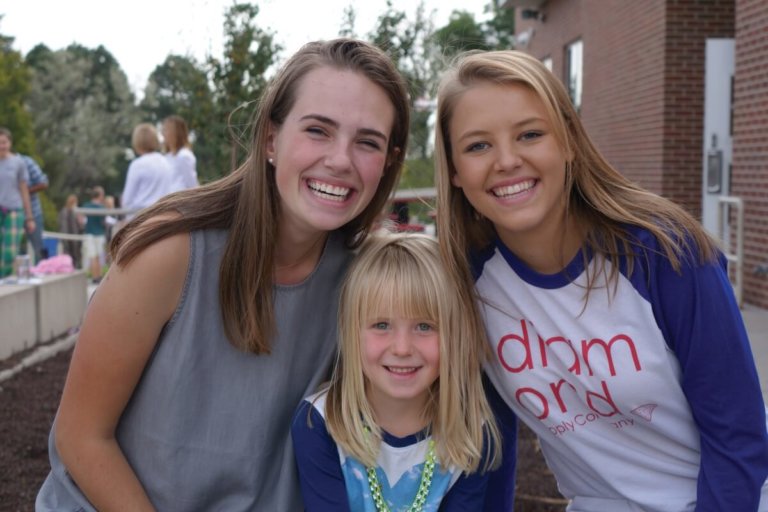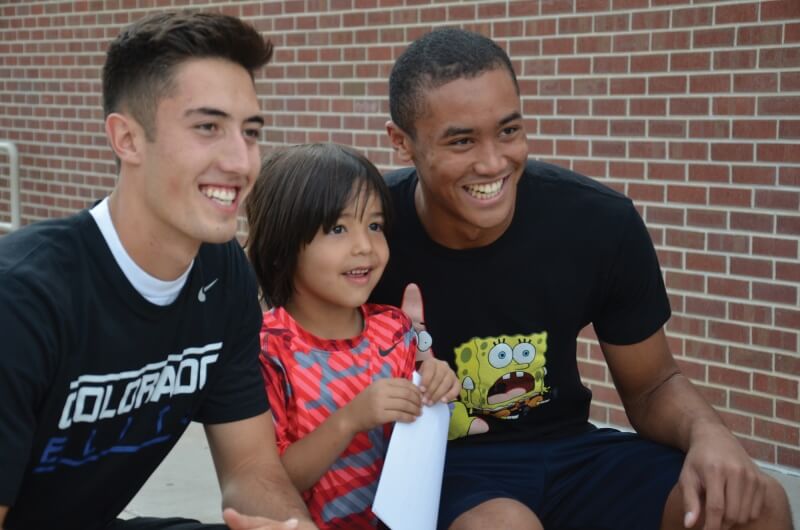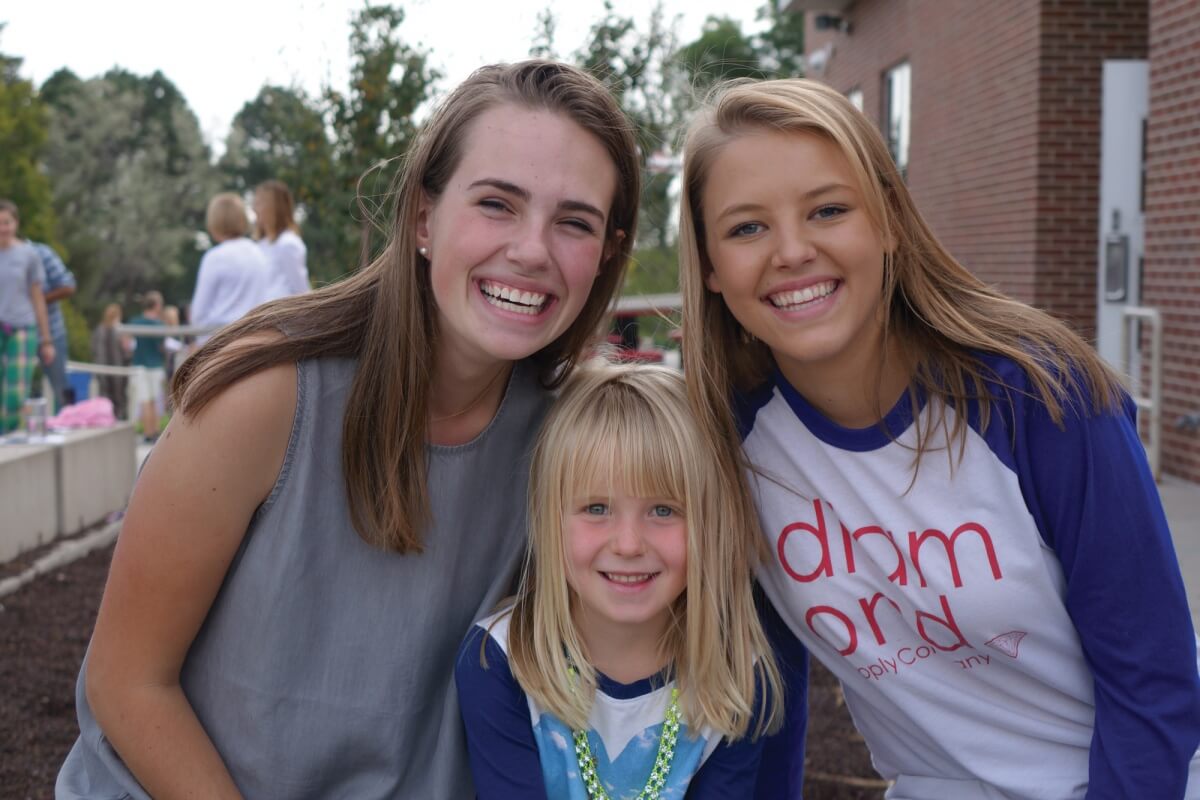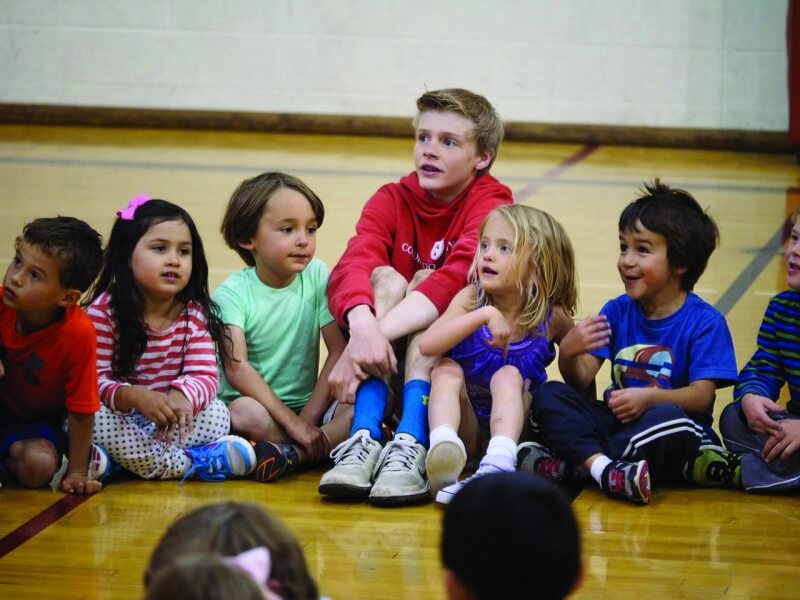CA as a school is inclusive of grades Pre-K all the way up to Twelfth Grade. That wide span allows CA to do something with and among its students that can’t be duplicated in schools with fewer grade levels.
At CA it’s called “The Buddy Program.” It pairs two students from very different grade levels as “buddies.”
For example, a high school Senior is paired with a Freshman; a Fifth Grader becomes buddies with a First Grader; or a Third Grader matches up with a Pre-K newbie.
The benefits of the program is that the older student passes the culture of the school on to the younger one. The power of the program is that the younger student has someone to look up to — and the older realizes, all too meaningfully, “someone is always looking up to me.” It transcends relationships like those between siblings; there is simply no other motivation for what the children do than to genuinely care for each other.
“It’s powerful; it’s unique. And what you see is that the kids — younger or older — are genuinely happy to be here.”
Buddies have set times in their schedules to be together during the day; for instance, buddies sit together at school assemblies; buddies sometimes eat lunch together. And often, buddies remain in contact with each other well after graduation.
But something that no other school does is pair a Kindergartner with a Twelfth Grader, their “Senior Buddy.”
“It’s a really important tradition at CA,” says Lower School Principal Dr. Lisa Ulsh. “Buddies share activities all throughout the school year; seniors read to the Kindergarteners; buddies share gifts at the winter holidays; and there’s a big zoo trip at the end of the year.”
At CA, its buddy culture is closely guarded because it is so important to the deep traditions of the school. Most important of all is the passing on of CA’s culture of kindness and courage.
“Every day we build another little bit toward a strong community,” says Ulsh. “There’s a foundation and an expectation of how kids interact with each other, how they share a common vocabulary, and a set of common practices.
“Character is the focus of a lot of what the school does,” says Ulsh. “We’ve winnowed it down to practices: If you practice kindness, you will be a kind person. Asking ‘Did you stand up for the good or stand up for the bad?’ helps kids recognize what courage is and how courage acts.”
“In other schools,” says Ulsh, “sometimes younger kids feel isolated. Not here. We are genuinely a Pre-K to Upper School community. In the Dining Hall, walking around campus, students know each other. It’s powerful; it’s unique,” she says. “And what you see is that the kids — younger or older — are genuinely happy to be here.”



